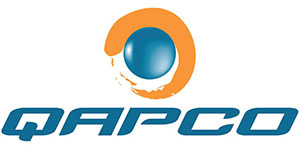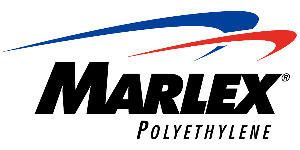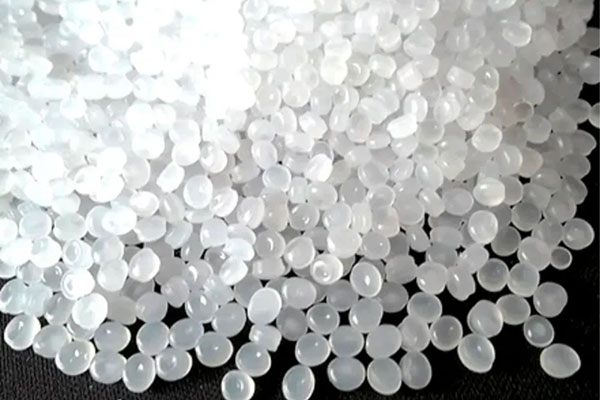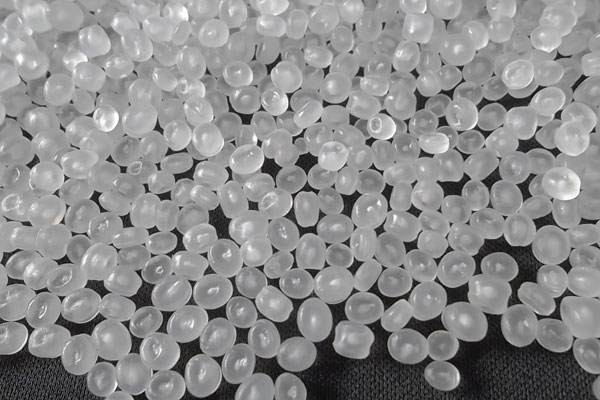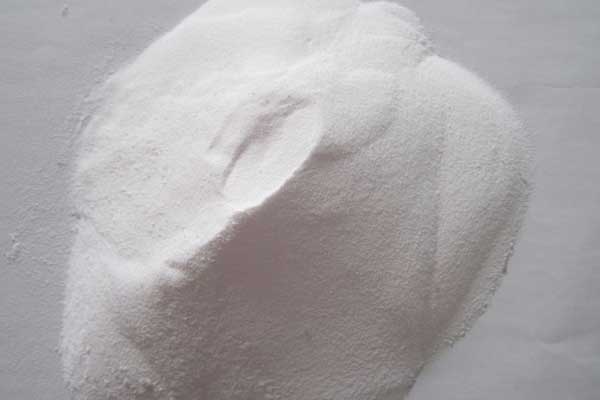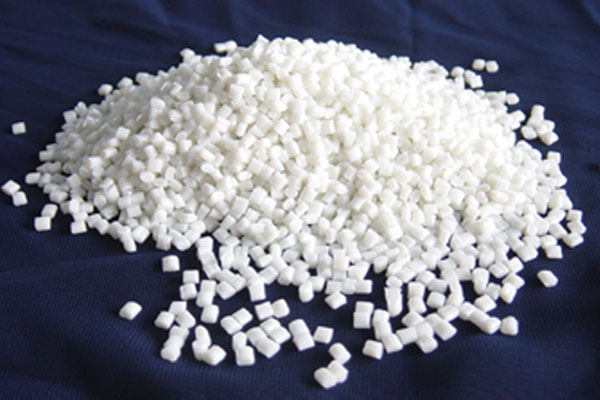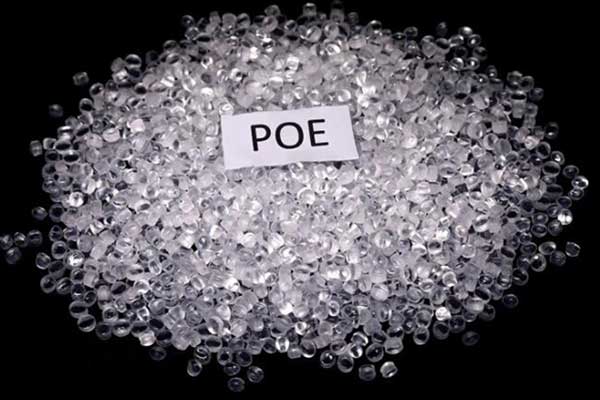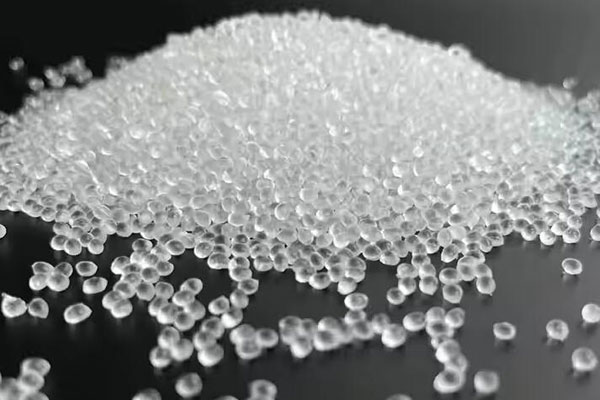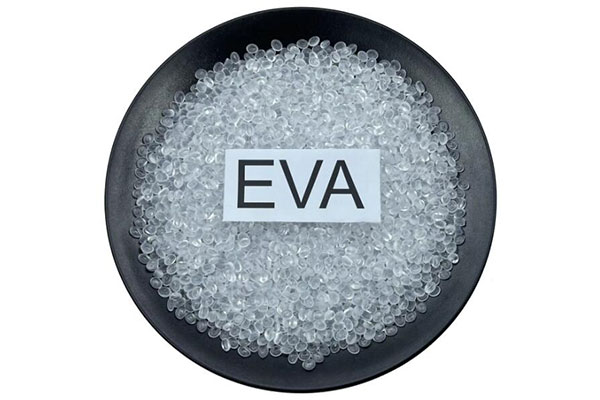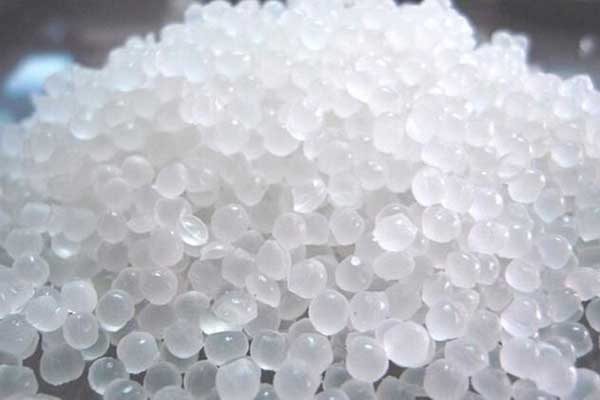
Home » Plastic Polymers
Plastics are polymer compounds that are polymerized from monomers as raw materials through addition polymerization or polycondensation reactions. Its deformation resistance is moderate, between fiber and rubber, and it is composed of synthetic resin and fillers, plasticizers, stabilizers, lubricants, colorants and other additives.
The main components of plastic is plastic polymer. Plastic polymers refer to polymer compound that has not mixed with various additives. The basic properties of plastics are mainly determined by the nature of the resin, additives also play an important role.
Plastic Polymers for Sale in Our Company
| Name | Abbreviation | MF | CAS NO. |
| Polypropylene | PP | (C3H6)n | 9003-07-0 |
| Polyethylene | PE | (C2H4)n | 9002-88-4 |
| High Density Polyethylene | HDPE | (C2H4)n | 9002-88-4 |
| Low Density Polyethylene | LDPE | (C2H4)n | 9002-88-4 |
| Linear Low Density Polyethylene | LLDPE | (C2H4)n | 9002-88-4 |
| Polyvinyl Chloride | PVC | (C2H3CL)n | 9002-86-2 |
| Polyester Resin | PET Resin | H(OCH2CH2OCOC6H4CO)nOCH2CH2OH | 25038-59-9 |
Would like The Quotation?
Leave your demands in detail here(including the model, package, brand, quantity), we will reply you quickly.
Brands We can Supply
Would like The Quotation?
Leave your demands in detail here(including the model, package, brand, quantity), we will reply you quickly.
Common Used Plastic Polymers
- Polyethylene PE Polymer
- Polypropylene PP Polymer
- PVC Resin
- Polystyrene PS Polymer
- Acrylonitrile Butadiene Styrene ABS
- Polyoxymethylene POM Polymer
- Polycarbonate PC Polymer
The output of polyethylene polymer is the highest in the plastics industry, including low density, high density, and linear density polyethylene. PE polymer is non-toxic, odorless, white or milky white, soft, translucent marble-like granulars. It is a kind of crystalline plastic.
The water absorption of polyethylene plastic polymers is extremely small, and the dielectric properties have nothing to do with temperature and humidity. Therefore, polyethylene polymer is the most ideal high-frequency electrical insulation material, and only polystyrene, polyisobutylene and polytetrafluoroethylene can compare with it in terms of dielectric properties.
HDPE can be used to make plastic pipes, plates, ropes, and low-load parts such as gears and bearing. LDPE is often used to make plastic films, hoses, plastic bottles, insulating parts and cable sheaths in the electrical industry.
Polypropylene polymer is colorless, odorless and non-toxic. It looks like polyethylene, but is more transparent and lighter than polyethylene. It is non-absorbent, has good gloss and is easy to color.
PP polymer has all the excellent properties of PE, such as excellent dielectric properties, water resistance, chemical stability, and is suitable for forming and processing. However, its yield strength, tensile strength, compressive strength and hardness and elasticity are better than polyethylene plastic polymers. In addition, it has good heat resistance and can be sterilized at temperatures above 100℃. PP polymer has good high-frequency insulation performance. It doesn’t absorb water, so its insulation performance isn’t affected by humidity, but it is easy to depolymerize and age under the action of oxygen, heat and light.
Polypropylene polymer can be used for various mechanical parts such as flanges, joints, pump impellers, auto parts and bicycle parts. It can be used as the pipeline for water, steam, various acids and alkalis, the lining and surface coating of chemical containers and other equipment. It can also be used in the pharmaceutical industry.
Polyvinyl chloride resin is white or light yellow powder, and becomes transparent block after granulation. By adding different additives according to different uses, PVC plastic polymer parts can exhibit different physical and mechanical properties. Adding an appropriate amount of plasticizer to PVC resin can make a variety of hard and soft products.
Due to the high chemical stability, polyvinyl chloride polymer can be used to make anti-corrosion pipes, pipe fittings, oil pipelines, centrifugal pumps and blowers, etc.
Polyvinyl chloride hard boards are widely used in the production of various storage tank linings, corrugated boards for buildings, door and window structures, wall decorations and other building materials. Due to its good electrical insulation properties, it can be used in the electrical and electronic industries to manufacture sockets, plugs, switches and cables. In daily life, it is used to make sandals, raincoats, toys and artificial leather.
Polystyrene is the third largest plastic species after polyvinyl chloride and polyethylene. PS polymer is colorless, transparent, shiny, non-toxic and tasteless. It is currently the most ideal high-frequency insulating material. Polystyrene has low heat resistance and can only be used at low temperatures. It is hard and brittle, and plastic parts are prone to cracking due to internal stress. Polystyrene has good transparency, high light transmittance, and its optical performance is second only to plexiglass. It has excellent coloring ability and can be dyed into various bright colors.
PS polymer can be used industrially as instrument casings, lampshades, chemical instrument parts, transparent models, etc. It is used as a good insulating material, junction box, battery box in electrical aspects. In daily necessities, it is widely used in packaging materials, various containers, toys, etc.
ABS polymer is a copolymer of three monomers of acrylonitrile, butadiene and styrene. Acrylonitrile makes ABS have good surface hardness, heat resistance and chemical corrosion resistance, butadiene makes ABS tough, and styrene makes it have excellent formability and coloring performance.
Acrylonitrile Butadiene Styrene polymer is used in the mechanical industry to manufacture gears, pump impellers, bearings, handles, pipes, motor casings, instrument casings, instrument panels, water tank casings, battery tanks, refrigerators and refrigerator linings. In the automobile industry, ABS is used to make car fenders, handrails, hot air conditioning ducts, heaters, etc. ABS sandwich panels can also be used to make car bodies. ABS can also be used to make water meter cases, textile equipment, electrical parts, cultural, educational and sporting goods, toys, electronic organ and cassette player casings, food packaging tableware, pesticide sprayers and furniture.
Polyoxymethylene polymer is a thermoplastic engineering plastic with excellent performance developed after nylon. Polyoxymethylene resin is white powder, after granulation, it becomes light yellow or white, translucent and glossy hard particles. POM has high tensile and compressive properties and outstanding fatigue resistance, and is especially suitable for making wear-resistant transmission parts such as bearings, cams, rollers, rollers, and gears.
POM polymer has stable size, low water absorption, excellent anti-friction, wear-resistant properties, torsion resistance, and outstanding resilience. It can be used to manufacture plastic spring products.
It is generally insoluble in organic solvents at room temperature, resistant to aldehydes, ethers, ethers, hydrocarbons, weak acids, weak bases, gasoline and lubricating oils, but not resistant to strong acids, and has good electrical insulation properties.
It can also be used to manufacture automobile dashboards, carburetors, various instrument shells, covers, boxes, chemical containers, pump impellers, blower blades, switchboards, coil seats, various oil pipelines, etc.
Polycarbonate polymer is a colorless and transparent granular. PC polymer is a thermoplastic engineering plastic with excellent performance. It is tough and rigid, and its impact resistance ranks among the best among thermoplastics. Polycarbonate formed parts can achieve very good dimensional accuracy and maintain their dimensional stability over a wide temperature range. Polycarbonate plastic polymer has a low water absorption rate and can maintain good electrical properties in a wide temperature range.
In machinery, it is mainly used as various gears, worm gears, worms, racks, cams, bearings, various shells, covers, containers, parts of freezing and cooling devices, etc. In terms of electricity, it is used as motor parts, fan parts, dials, instrument cases, terminal blocks, etc. PS plastic polymer can also be used to make optical parts such as lighting lamps, high-temperature lenses, sight mirrors, and protective glass.
How to Choose The Right Plastic Resin
Selection of resin varieties. The choice of plastic resin should be the one with the performance closest to the purpose of modification, so as to save the amount of additives added.
Selection of resin grades. Different grades of the same plastic resin have great differences in performance, and the grade closest to the purpose of modification should be selected.
Selection of resin fluidity. The viscosity of each plasticized material in the formula should be close to ensure the processing fluidity. For materials with widely different viscosities, a transition material should be added to reduce the viscosity gradient.
Consider the relationship between processing methods and fluidity. Different types of plastic resins have different fluidities. The same kind of plastic polymer also has different fluidity, mainly because of the different distribution of molecular mass and molecular chain. Different processing methods require different fluidity requirements for plastic resins.
What Are Classifications of Plastic Polymers
There are many classification methods of resins. In addition to being divided into natural resins and synthetic resins according to the source of the resins, they can also be classified according to the synthesis reaction and main chain composition.
Classified by plastic polymer synthesis reaction. According to this method, plastic polymers can be divided into addition polymers and condensation polymers. Addition polymer refers to a polymer produced by addition polymerization, and the chemical formula of its chain link structure is the same as that of the monomer. Polycondensate refers to a polymer produced by condensation polymerization, the chemical formula of its structural unit is different from that of the monomer.
Classified according to the main chain composition of plastic resin molecules. According to this method, plastic resins can be divided into carbon chain polymers, hetero chain polymers and elemental organic polymers. Carbon chain polymers refer to polymers in which the main chain is entirely composed of carbon atoms. Heterochain polymers refer to polymers whose main chain is composed of atoms of two or more elements such as carbon and oxygen, nitrogen, and sulfur. Elemental organic polymers mean that the main chain does not necessarily contain carbon atoms, and is mainly composed of atoms of elements such as silicon, oxygen, aluminum, titanium, boron, sulfur, and phosphorus.
Hot Sale Models
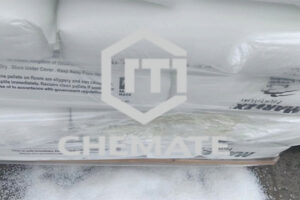
Marlex tr144
Marlex TR144 for Sale With the excellent characteristics of good processability, good
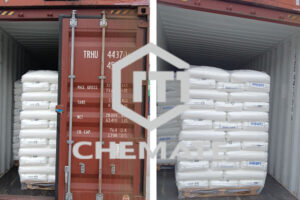
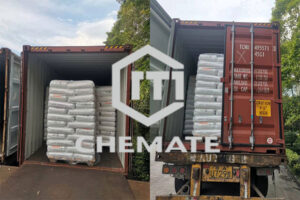
Lotrene LA0710 Ready to Ship
Lotrene LA0710 has good mechanical properties, low neck-in and excellent heat sealability.
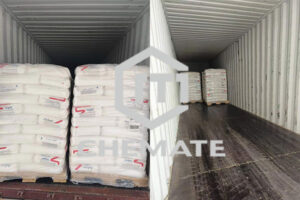
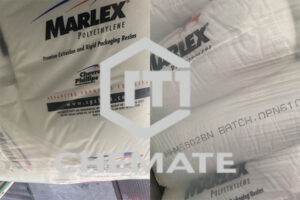
Hot Sale Marlex HHM 5502BN
Marlex HHM 5502BN is tailored for lightweight blow molded containers. It has
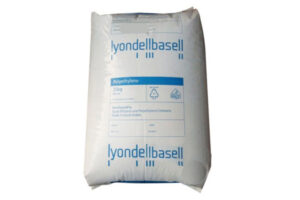
- Email: sales@chemategroup.com
- Tel: 0086-371-60921621
- Whatsapp: +86 18624832876
- Wechat: +86 18624832876
- ADD: NO.80 PUHUI ROAD,ZHENGZHOU CITY, HENAN PROVINCE, CHINA


